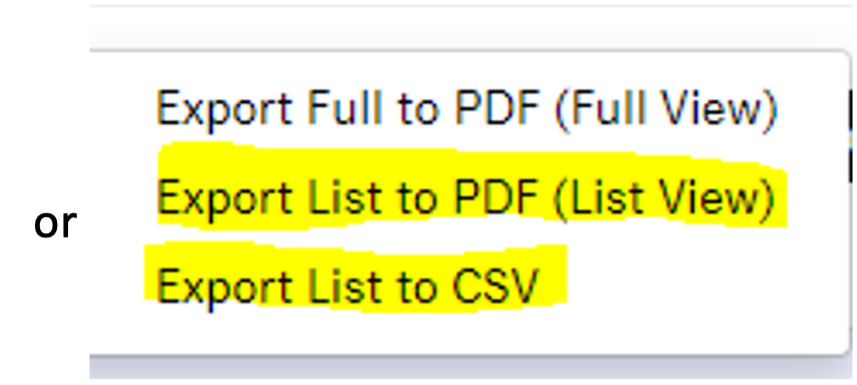Network Attached Storage (NAS) Clean‑ups [AKA: Shared Drive Clean‑ups]
Introduction
NAS stands for Network Attached Storage. It is also known by the campus community as the Shared Drive or the O:Drive. For more information on how to use NAS, connecting to NAS when off-campus, setting up a NAS folder, and the related costs, please see the ITS SharePoint site (internal).
As an academic institution, Dalhousie collects personal information about its students, faculty, staff, alumni, donors and other Dalhousie community members. All Dalhousie employees are responsible for managing administrative records in accordance with the Records Management Policy (section D.2). Administrative records that fall under Dalhousie’s outlined information security classifications standards must be managed in accordance with security clearance. Access to records within specific information security classifications, as well as records containing personal information, must be secure and accessible to authorized individuals. NAS is the most used approved storage repository across campus.
When improperly maintained, NAS folders can become cumbersome and difficult to navigate. Exponential content addition can cause stress on operational budgets, frustration when looking for records, and privacy breach risks. The Records Management Office (RMO) has created guidelines to assist units and individuals with maintaining and managing their content, including retroactive clean-ups, structure and retention outlines, naming conventions, and more.
Purpose
These guidelines are designed to guide units in reducing their NAS footprint and the associated risks by applying records management best practices to provide continuity of business operations while protecting and preserving records of enduring value.
Definitions:
Active Records: records in current use that need to be accessed frequently in the course of conducting office or departmental business.
Disposition: the action taken with records that are no longer required for current business. Actions may include digitizing, duplicating, shredding, recycling or transferring to a storage site or Archives.
Inactive Records: records no longer needed for operational use and ready for disposition.
Information Security Classifications: as outlined in the Information Security Classifications Standards -Public, Internal, Confidential, and Sensitive.
NAS: Network Assisted Storage. Also known as O:Drive or Shared Drive. Electronic storage created specifically for a Dalhousie University unit or group that is stored on Dalhousie University servers.
Personal Information: as defined by the Freedom of Information and Privacy Act (FOIPOP Section 4.i.)
Unit: department, faculty, or subunit with a department or faculty.
University Administrative Record: a record (regardless of format or medium) supporting the administration of the University that is created, received, used or maintained by members of the University community in the course of activities undertaken on behalf of, or in the course of employment duties to, the University, including Electronic Records. From Dalhousie University Records Management Policy
Guidelines
Note: These are guidelines only. The process will vary according to the unit and project size. Before starting any NAS clean-up please contact the Records Management Office for assistance in planning and throughout the initiative.
Support - The Records Management Office can provide services to support the clean-up and reorganization of NAS folders and should be consulted before starting any project.
Expectations - Units are responsible for managing content within their NAS folders and must have internal protocols that set out procedures and conventions agreed upon by the unit(s).
Phases
Before you begin - Determine who is going to do the work
Designate a person--or persons--responsible for monitoring and overseeing the clean-up project in all its phases; creating a communication plan; sending out communications; setting up meetings with internal units (when required); working with ITS, etc.
Once the clean-up project is complete, unit members will require training to properly maintain the NAS.


